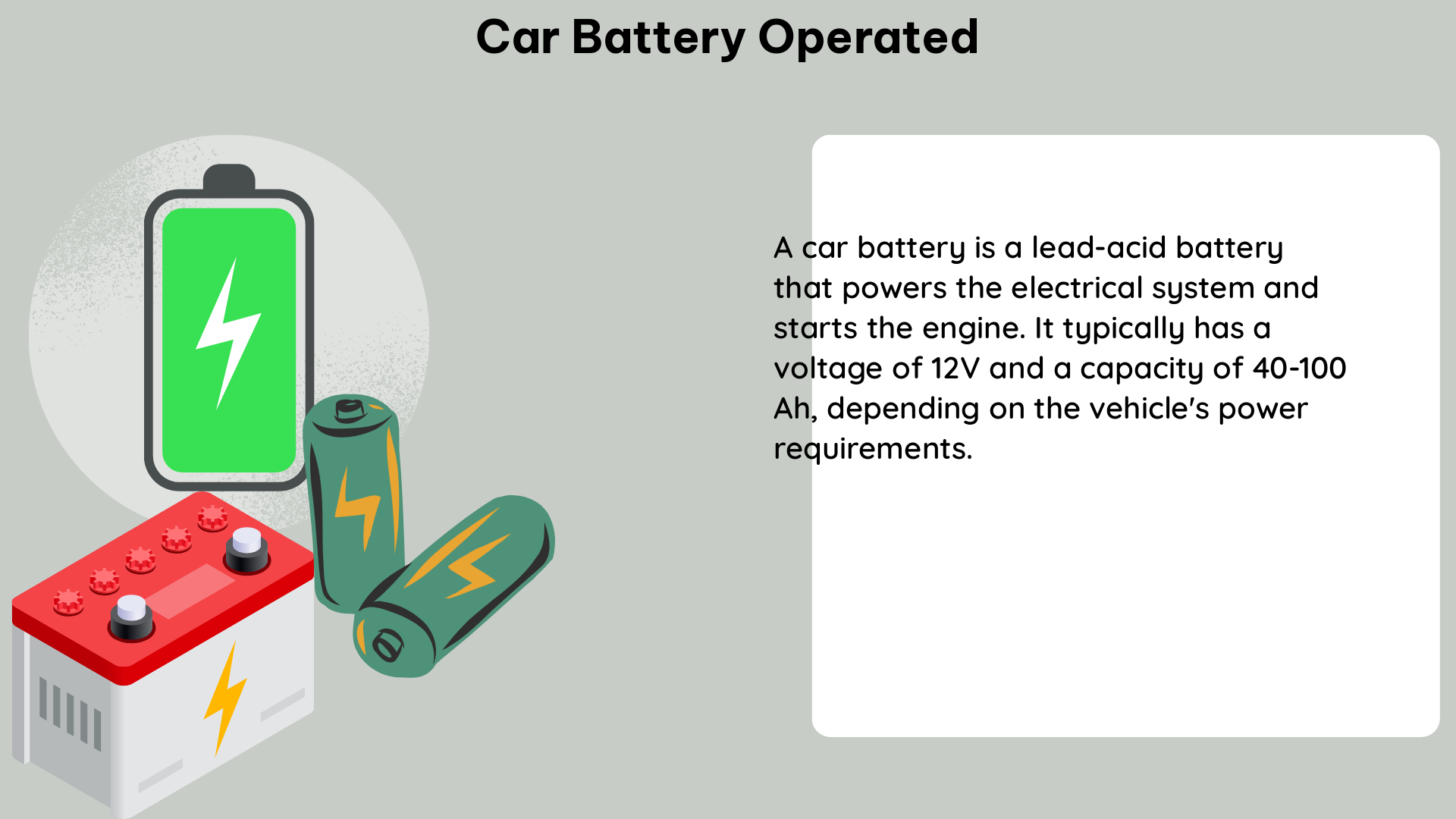Car batteries, specifically lithium-ion batteries used in electric vehicles (EVs), have a significant environmental impact during the manufacturing process. According to a study by the MIT Climate, the carbon emissions from manufacturing a battery for an electric vehicle can range from 15 to 74 metric tons of CO2 equivalent, depending on the location and energy mix used in the manufacturing process. The lowest estimates come from studies of U.S. and European battery manufacturing, while the highest come from studies of Chinese and other East Asian battery manufacturing.
Understanding Battery Health
In terms of battery health, it is commonly referred to as “state of health” or SoH in battery science literature. One way to quantify battery health is by comparing the original battery capacity, in kilowatt-hours (kWh), to the current battery capacity. The change between the original and the current capacity indicates some degree of capacity fade, or loss in total available lithium that the battery can store. This loss in capacity effectively means less energy available for use.
Measuring Battery Capacity
Battery capacity can be tested in a variety of ways, including:
-
Extrapolations from “energy in” and “energy out” of packs: This method involves measuring the amount of energy going into the battery during charging and the amount of energy coming out during discharge. The difference between these two values can provide an estimate of the battery’s capacity.
-
Direct measurement: This involves fully charging and discharging the battery while measuring the total amount of energy delivered. This is considered the most accurate method for determining battery capacity.
It is important to note that a battery’s measured capacity will change with:
- Temperature: Batteries perform better at higher temperatures, but excessive heat can also accelerate degradation.
- Charge/discharge rate: Faster charging and discharging can reduce the available capacity.
- State of charge (SoC): The battery’s current level of charge can affect the measured capacity.
- Usage patterns: Whether the battery is being used or left idle can impact its capacity.
Power Fade and Capacity Fade
A more subtle way to look at health is to examine power fade, or the internal resistance that may be degrading the battery’s performance. This happens when secondary, harmful chemical reactions occur in the battery and impede the free flow of energy. Power fade tends to accompany capacity fade but is harder to diagnose and often requires laboratory and diagnostic testing.
Degradation Rates

In terms of degradation, cell phone batteries are often fully charged and discharged once each day, which would be approximately 730 cycles over 2 years. On average, EV batteries are built to last over 1000 cycles. However, car batteries are designed, built, and maintained so that they last longer than mobile phone batteries. We generally see 1-2% degradation per year in EV batteries, which is much slower than the degradation rate of mobile phone batteries.
Factors Affecting Degradation
Several factors can influence the degradation rate of car batteries:
- Depth of Discharge (DoD): Batteries that are frequently discharged to a low state of charge (high DoD) will degrade faster than those that are kept at a higher state of charge.
- Temperature: Elevated temperatures, especially during charging and discharging, can accelerate battery degradation.
- Charging Patterns: Frequent fast charging or overcharging can also contribute to faster degradation.
- Battery Management System (BMS): A well-designed BMS can help optimize charging, discharging, and thermal management to extend battery life.
- Battery Chemistry: Different battery chemistries, such as lithium-ion, lithium-iron-phosphate, or nickel-metal-hydride, have varying degradation characteristics.
Conclusion
In summary, the environmental impact of manufacturing car batteries, specifically lithium-ion batteries used in EVs, can range from 15 to 74 metric tons of CO2 equivalent. Battery health can be quantified by comparing the original battery capacity to the current battery capacity, with changes indicating capacity fade and power fade being a more subtle way to look at health. EV batteries are built to last over 1000 cycles, with a degradation rate of 1-2% per year, which is much slower than the degradation rate of mobile phone batteries. Understanding these factors can help car owners and technicians better maintain and extend the life of their car batteries.
References:
– Erik Emilsson and Lisbeth Dahllöf. “Lithium-ion vehicle battery production: Status 2019 on energy use, CO2 emissions, use of metals, products environmental footprint, and recycling.” IVL Swedish Environmental Research Institute, in cooperation with the Swedish Energy Agency, Report C444, November 2019.
– Hans Eric Melin. “Analysis of the climate impact of lithium-ion batteries and how to measure it.” Circular Energy Storage Research and Consulting, July 2019. Commissioned by the European Federation for Transport and Environment.
– Dale Hall and Nic Lutsey. “Effects of battery manufacturing on electric vehicle life-cycle greenhouse gas emissions.” The International Council on Clean Transportation, February 2018.
– Environmental Protection Agency: Electric Vehicle Myths. Accessed February 16, 2022.
– Environmental Protection Agency: Sources of Greenhouse Gas Emissions. Accessed February 16, 2022.
– Zhao, J.; Burke, A.F. Electric Vehicle Batteries: Status and Perspectives of Data-Driven Diagnosis and Prognosis. Batteries 2022, 8, 142.

The lambdageeks.com Core SME Team is a group of experienced subject matter experts from diverse scientific and technical fields including Physics, Chemistry, Technology,Electronics & Electrical Engineering, Automotive, Mechanical Engineering. Our team collaborates to create high-quality, well-researched articles on a wide range of science and technology topics for the lambdageeks.com website.
All Our Senior SME are having more than 7 Years of experience in the respective fields . They are either Working Industry Professionals or assocaited With different Universities. Refer Our Authors Page to get to know About our Core SMEs.